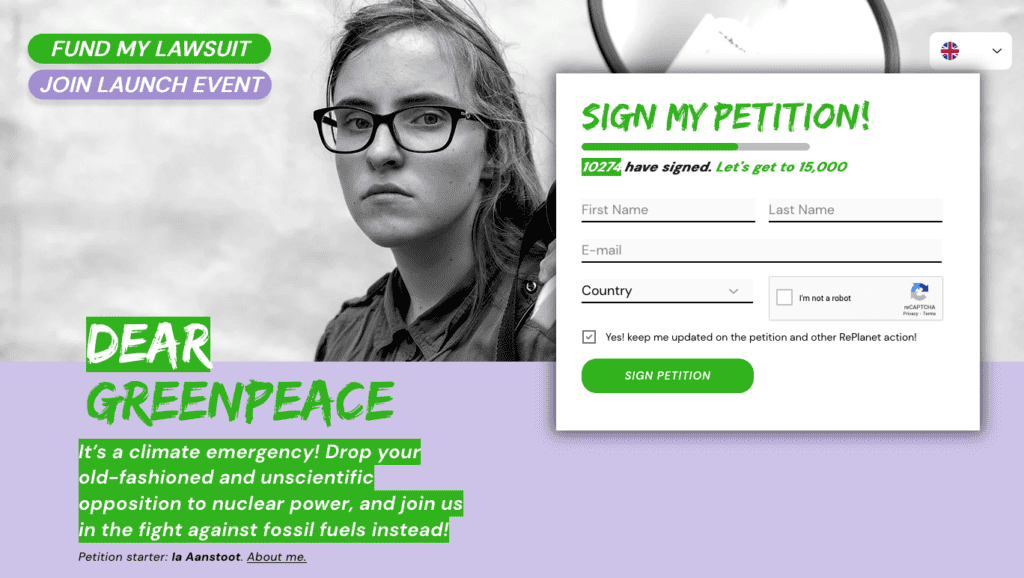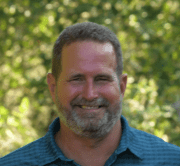(Updated October 17, 2023)
Atomic Insights is a long-running blog published by Rod Adams which discusses many energy-related topics, often from an atomic energy point of view. It has been on the web in one form or another since November 1995.
Rod Adams, who tweets under the handle @Atomicrod, is a Managing Partner of Nucleation Capital, a non-traditional venture fund investing in advanced nuclear and deep decarbonization ventures. He is former US nuclear submarine engineer officer and founder of Adams Atomic Engines, Inc., which operated from 1993 to 2010 and was one of the earliest advanced nuclear ventures established in the U.S., whose aim was the development of a small modular reactor.
Rod founded, owns and manages Atomic Insights and has authored most of the articles and thousands of comments. He also hosts The Atomic Show podcast, available for download from Apple Podcasts and most other podcast services. It features Rod in lively conversation with energy, nuclear and investment experts. Rod is a widely respected expert and visionary for the industry, who brings a deep historical and current understanding of atomic technologies and events to discussions of atomic energy as it is today and as it promises to be in the future. His blogs and podcasts cover the growing clean energy market, energy competitors, controversial issues such as the risks and benefits of using nuclear technology, as well as the mounting hazards of not deploying nuclear technology as fast as possible.
You can subscribe to the The Atomic Show RSS feed here.
Click here follow @Atomicrod on Twitter.
To join our pronuclear network and get Nucleation Insights, click here.
[ASIDE: Show your support for Ia Aanstoot and RePlanet’s “Dear Greenpeace” Campaign and petition to get Greenpeace to oppose fossil fuels, not nuclear. Or, for a more complete list of worthy pronuclear non-profits advocating for nuclear, see this listing. END ASIDE]

Rod Adams, Founder

Managing Partner, Nucleation Capital, a venture fund enabling broader investor access to a diverse portfolio of advanced nuclear energy and deep decarbonization ventures. Nuclear energy expert and former submarine Engineer Officer with nuclear propulsion plant experience. Founder, Adams Atomic Engines, Inc. Host and producer, The Atomic Show Podcast.
Join Rod’s pronuclear network
Through Nucleation Capital, Rod and his partner, Valerie Gardner, are creating a network of pronuclear investors and aspiring investors. This is a growing resource that gives individuals access to sector updates and a wide range investment opportunities. You can join this pronuclear network by completing this form, there’s never any obligation to invest. But if you’d like to understand what the options (and requirements) are for investing in next-gen nuclear, we are happy to help.
Our History (tl:dr Version)
In April 1995, Adams Atomic Engines, Inc. (AAE) began publishing Atomic Energy Insights as a series of monthly paper newsletters. We decided to provide an alternative source of information for what we hoped would be a newly rejuvenated nuclear power industry. Rod Adams, the founder of AAE, did most of the writing, but there was a small team that did the editing and publishing.
By the end of 1995, with the help of Dr. Sama Bilboa y Leon, then a graduate student at the University of Wisconsin, we began mirroring our paper publication on the World Wide Web. In mid 1996, In an attempt to remain relevant, we shifted our focus from news to history, producing articles on topics ranging from nuclear rocket engines, to pacemaker batteries and from to ship propulsion systems to the health effects of radiation.
It soon became apparent that we were a bit early. Despite some encouraging early signs and our own best efforts, there was very little real news in the US related to nuclear energy. The plants that started construction in the 1960s and 1970s continued operating with incremental improvements, but the prospects for new construction disappeared in an era of rapidly changing electric production business models and ever cheaper fossil fuel.
In January of 1997, we essentially ran out of things to talk about. With generous help from friends, AAE was able to provide continuing access to our articles on the web. Even without new material being published, there was a steady stream of new readers looking for information on an important topic.
In November of 2000, Rod began writing occasional articles as the earliest stirrings of a nuclear revival began manifesting themselves. Some of those articles originally appeared in a series of columns titled “For the Rest of Us” and published on PowerOnLine.com, a webzine aimed at power industry professionals. The series is still available on PowerOnline.com as well as on Atomic Insights. Here is a link to the first one.
In March 2005, with an improving outlook for a Nuclear Renaissance, we started publishing commentary on a more frequent basis. We learned how to develop a discussion about nuclear energy by posting articles with strong points of view and enabling comments.
In March 2006, we took the plunge into audio programming with creation of The Atomic Show, with Rod Adams and Shane Brown, hosted by The Podcast Network. There have been some minor evolutionary changes, with Shane departing due to a job conflict and with The Podcast Network shutting down for good in June 2012.
The Atomic Show podcast provides geeky conversations about all aspects of atomic information including history, technology, politics and economics. It started off with a series of weekly shows, but the schedule isn’t predictable. Some weeks there are more than one episode; there are weeks or even months without any new content. Shows are scheduled when there is an individual or group of interesting participants and something worth talking about.
In March of 2011, we upgraded the old Atomic Insights web site to use more modern software. That upgrade, occurring during a peak in readership due to the Fukushima event on March 11, was skillfully managed by Jason Correia.
In July 2012, we added the content from The Atomic Show to become an integral part of Atomic Insights under the category of “podcast” on the site. You can subscribe to the RSS feed at the following link – Atomic Show RSS Feed. The show is also readily available via iTunes.
Atomic Insights is a limited archive of atomic history. Most of the articles are from one man’s point of view, but there are a number of important guest posts, an expanding group of skilled commenters and numerous additional contributors on The Atomic Show.
The sustained interest in using nuclear energy in the United States and in dozens of other countries, including many who are not currently using nuclear energy, has validated the assertions we have made over the past 25 years. It is still taking way too long and costing far too much to build large, multi-unit nuclear power stations.
But there is serious interest and investment being made into nuclear energy developments designed to break the paradigm of reactors coming in only one size (extra-large) and flavor (light water and Rankine cycle).
Rod has transitioned from just writing and talking about atomic energy to add the role of being a venture capitalist focused on advanced atomic energy and deep decarbonization. He is a managing partner at Nucleation Capital.
The challenges associated with building very large facilities have encouraged the development of a slew of new ideas and system developments that will produce significantly less power per module using less material, smaller sites, and an increased level of factory manufacturing instead of on-site construction.
Acronyms like SMR (small modular reactor) and MMR (micro modular reactor) have entered the energy lexicon and are being widely discussed. Those discussions give insights into a growing field of endeavor with serious investments being made.
The NuScale Power Module is the first SMR to have completed the design certification process at the US NRC (September 2020). The Oklo Aurora is the first small advanced reactor to have filed a construction and operating license application (COL) with the NRC (March 2020). Following the paths blazed by the leaders, many more are approaching the starting line.
Sometimes people who love the high tech industry cannot understand why it takes so long to make changes in the nuclear world, but “blue screens of death” would have a completely different meaning for us. The nuclear world’s careful approach to problem solving works, even though it can be a bit frustrating to watch.
There is still room for large power plants in many markets; more than 50 large nuclear power plants are currently under construction around the world. Only two new reactors are under construction in the US – Vogtle units 3 and 4. That project has been a challenging, first of a kind effort, but it is nearing completion and should be operating within two years.
Atomic Insights has slowed the pace of new article production as Rod has become more involved in the industry as a venture capitalist. We still have stories to tell and will publish them as time allows.. Thank you for your interest in our efforts.
One thing that really makes our day is when long time readers make contact and tell us that one or more of our articles made an impact on their thinking about nuclear power. That happens with encouraging frequency; we like to think our work is making a difference.
